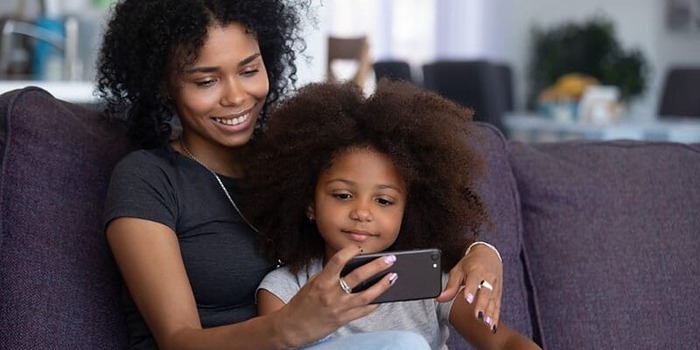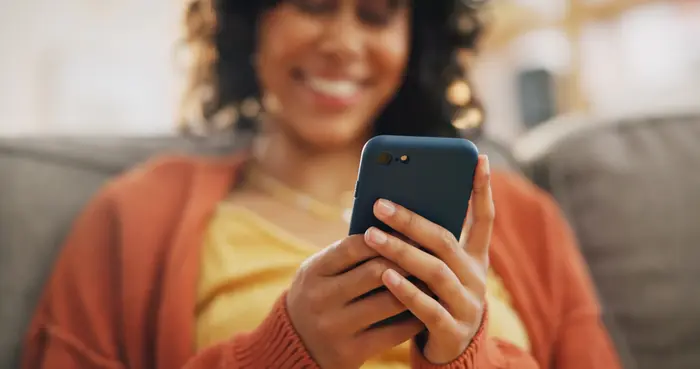Lifeline, an FCC program, lowers the cost of communication services for low-income users.
Subscribers receive discounts on approved monthly phone service, internet, or bundled voice-internet plans from participating providers.
The program ensures low-income individuals can afford modern connectivity, giving them access to jobs, healthcare, and education.
Update: Safe Connections Act for Survivors
The Safe Connections Act (SCA) provides emergency Lifeline support for up to six months to survivors of domestic violence, human trafficking, and related crimes facing financial struggles.
Eligible survivors receive up to $9.25 off phone, internet, or bundled plans. After six months, they can apply for the regular Lifeline benefit—up to $9.25 for internet or bundled plans or $5.25 for voice-only service.
Lifeline allows survivors to join if they request a line separation and experience financial difficulties.
They can prove financial hardship through existing Lifeline eligibility programs or by meeting one of these criteria:
- Household income at or below 200% of the Federal Poverty Guidelines
- Participation in the Special Supplemental Nutrition Program for Women, Infants, and Children (WIC)
- Enrollment in the Free and Reduced-Price School Lunch or Breakfast program, including those in a Community Eligibility Provision (CEP) school or district
- Receiving a Federal Pell Grant in the current award year
Lifeline is a program by the FCC that helps low-income people get affordable communication services.
Subscribers get discounts on monthly phone service, broadband Internet, or bundled voice-broadband plans from approved providers.
The discount helps low-income users stay connected for jobs, healthcare, and education.
Eligible subscribers can receive up to $9.25 off their monthly bill. Those on Tribal lands can get up to $34.25 per month.
The discount applies to either wireline or wireless service, not both. Lifeline also covers broadband and voice-broadband bundles. FCC rules allow only one Lifeline service per household.
Lifeline is available in all states, territories, commonwealths, and Tribal lands. The Universal Service Administrative Company (USAC) manages the program.
USAC helps consumers apply, check eligibility, and complete yearly recertification. More details are available on USAC’s website.
A household can qualify if its income is 135% or less of the Federal Poverty Guidelines or in specific federal aid programs.
These programs include SNAP, Medicaid, Federal Public Housing Assistance, Supplemental Security Income, Veterans and Survivors Pension Benefit, and Tribal programs. Check eligibility at lifelinesupport.org.
National Verifier and Lifeline Eligibility
Consumers must apply for Lifeline through the National Verifier system. They can access it via USAC or a Lifeline-participating phone or internet company.
The FCC created this system, and USAC manages it. It checks if applicants qualify and reviews eligibility each year.
Consumers needing help can use the “Companies Near Me” tool to find a Lifeline provider nearby.
Applicants must apply through the state’s process in California (except broadband-only users), Texas, and Oregon.
Broadband-only applicants in California must use the National Verifier, which will confirm eligibility.
To apply in these states, visit the National Verifier, choose the state from the drop-down menu, and click “Get Started.”
For application questions or to request a mailed application, contact Lifeline at (800) 234-9473 or LifelineSupport@usac.org.






